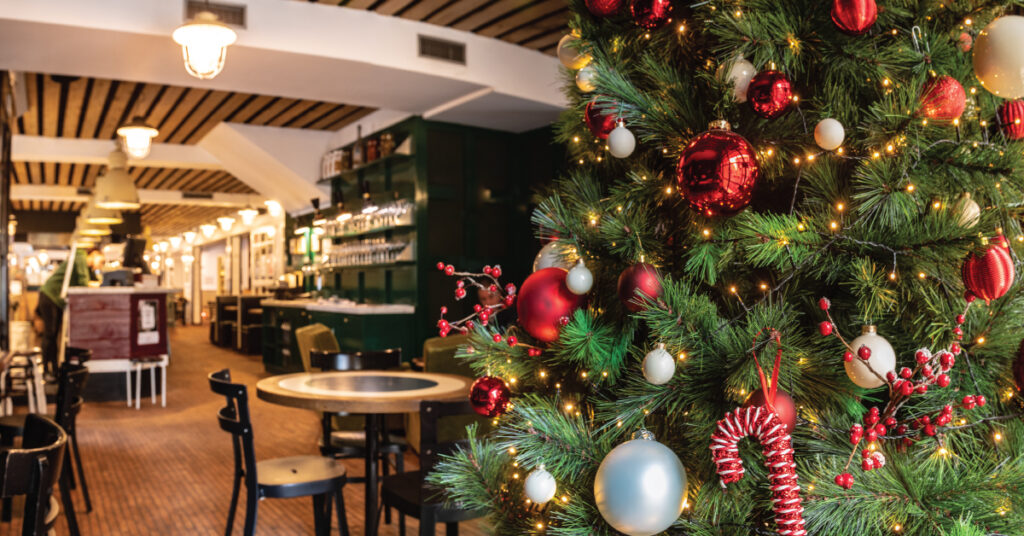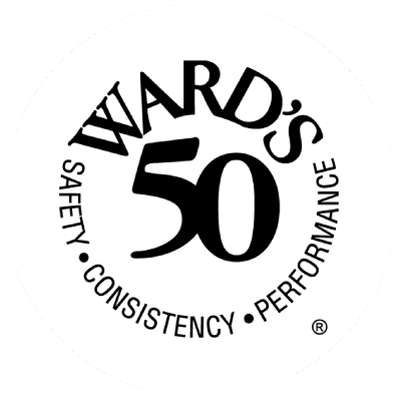Holiday Decoration, Candle, & Fire Safety Reminders

Prevent Fires This Holiday Season
While candles, lights, and holiday decorations make your space beautiful and festive, they can also increase the risk of a fire, unfortunately. Following a few simple holiday fire safety tips can help your holiday season stay happy, safe, and fun!
Safe Decorating: Indoor and Outdoor Decorations
Placing decorations too close to a heat source results in nearly 50% of home fires each year.
At your business or home, you should…
- Keep windows and doors free of any obstructions such as decorations.
- Make sure that your holiday lights are in good shape. Do not use lights with frayed wires, and do not overload circuits.
- Use clips rather than nails to hang lights so cords aren’t damaged.
- Ensure that any lights you plan to hang outside are outdoor lights.
- Turn off all light strings and decorations before leaving the building (and at home, before you go to bed!).
For information on Christmas tree fire safety, read our blog: Christmas Tree Fire Safety: 10 Tips to Ensure a Happy & Safe Holiday Season.
Candle Safety
According to the National Fire Prevention Association:
- 11% of candle fires occur each year in both December and January.
- In a five-year span from 2015 through 2019, fires caused by candles resulted in an annual average of 670 injuries, 90 deaths, and nearly $300 million in property damage.
- From 2015 through 2019, fire departments in the United States responded to over 7,000 fires started by candles – each year!
- Christmas Day is the peak day for candle fires in homes.
At your business, it is best to use battery-operated candles rather than real candles. These artificial, flameless candles look real but don’t pose the same danger as traditional candles.
If you do still plan to use candles at your business or in your home, keep your holidays safe by following these candle safety best practices:
- Candles, matches, and lighters should always be out of reach from pets, children, and guests. Keep matches and lighters securely stored.
- If you leave a room or go to bed, blow out candles.
“More than one-third of candle fires start in the bedroom,” according to the National Fire Prevention Association.
- Consider battery-operated candles rather than real candles.
- Keep candles at least one foot away from anything that can burn, especially things like curtains, papers, and other flammable materials. If you plan to place candles in your windows, use battery-operated, flameless candles.
- Ensure that any lit candles are in stable holders and positioned on a clutter-free surface (and where they cannot be easily knocked down!). When using candles for religious traditions (such as a menorah), place on a non-flammable surface such as a metal tray.
- Do not put real candles in a Christmas tree.
- Again, at your place of business, it’s best to use flameless, battery-operated candles.
General Fire Safety
- Regularly test your smoke alarms at your business, and replace smoke alarms at least every ten years.
- To test a smoke alarm, push the test button. You should test smoke alarms each month.
- Smoke alarms should be on every level of a commercial property or home, including outside each sleeping area and inside each bedroom. At a commercial property, there should also be a smoke detector in each stairwell.
- Alarms should be connected for the best protection, so when one sounds, they all sound.
- Make sure customers, clients, and guests are familiar with exits and possible escape routes in the event of an emergency. If you have guests over, make sure they are familiar with your home and possible escape routes in the event of an emergency.
Additional Workplace Fire Safety Tips
To prevent workplace fires, U.S. Fire Administration recommends following these best practices:
Employees should…
Check for damaged or overloaded electrical outlets, cords and cables.
Keep anything that can burn away from electrical equipment.
Never leave portable heating devices unattended.
Keep workspace and equipment clean, dry and well ventilated.
Plan and practice multiple escape routes in case one is blocked.
Ensure windows can be opened and screens can be removed.
Remove any obstacles from exits.
Employers should…
Ensure that all fire protection features are properly designed, installed and maintained.
Post clear fire escape plans on every level of a building.
Teach employees about exit locations, escape routes and fire protection equipment.
Check the condition of fire ladders and escapes.
Conduct regular emergency drills.
Is your business shopping for new commercial coverage this holiday season? Use our Find an Agent tool to locate an independent insurance agent near you!
*This post was originally published December 7, 2020. It was last updated on December 15, 2023.



